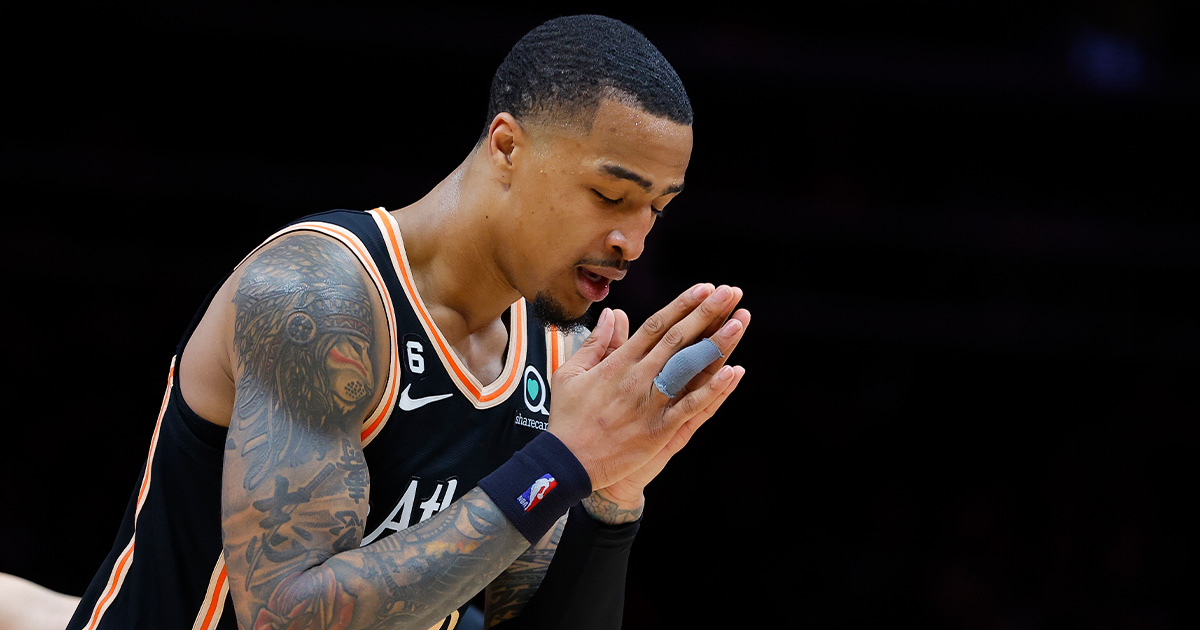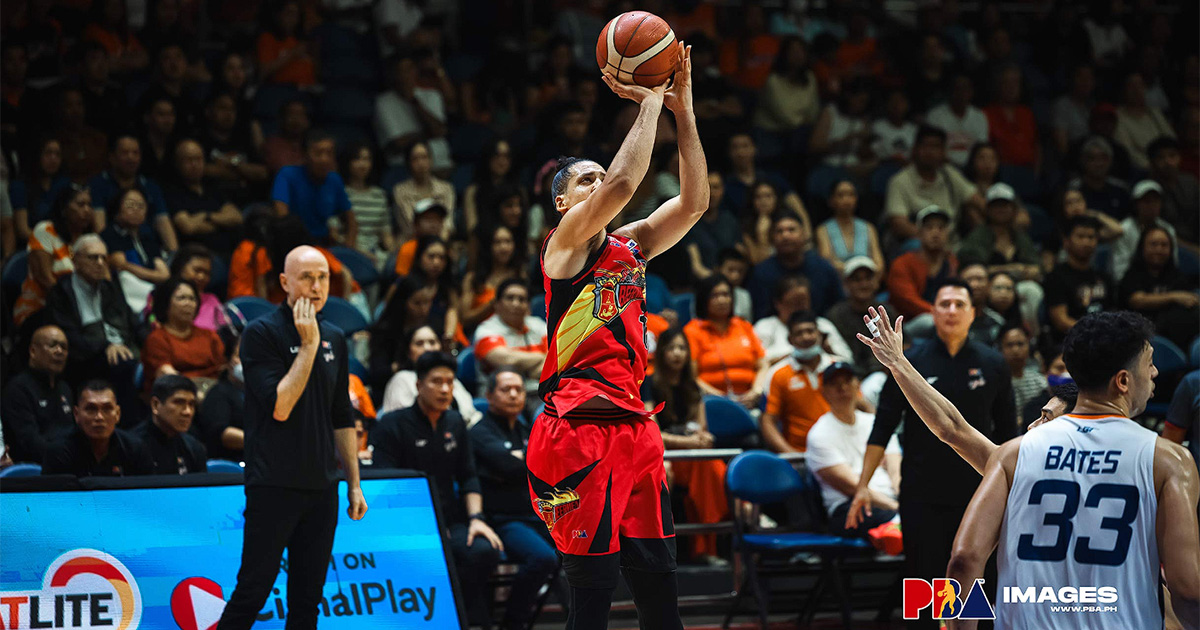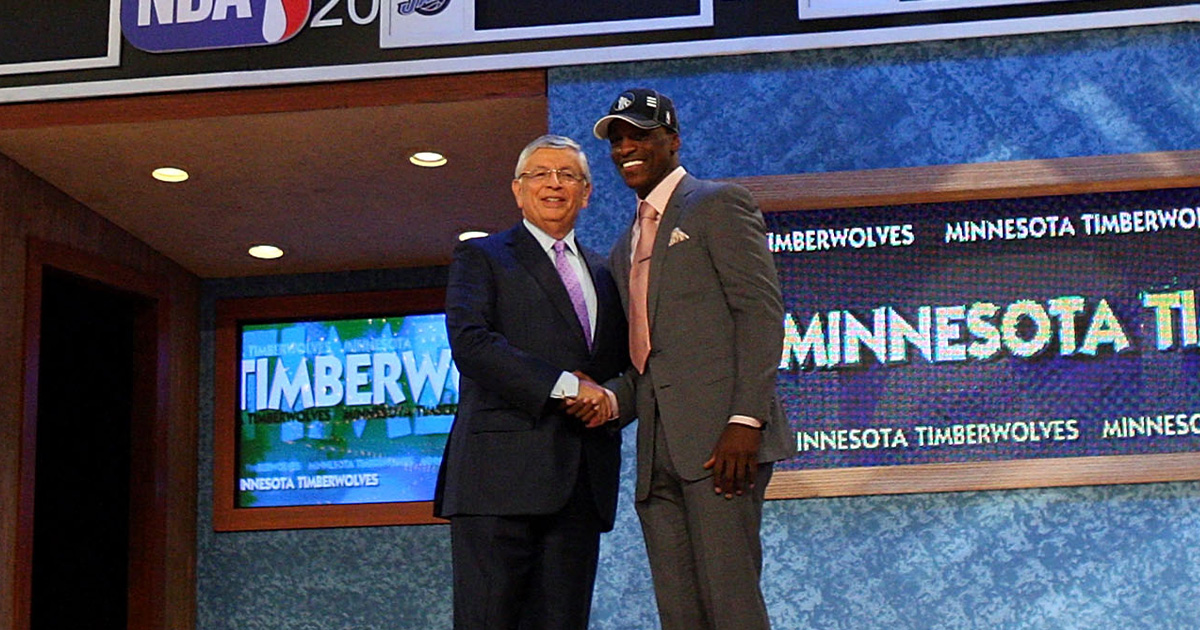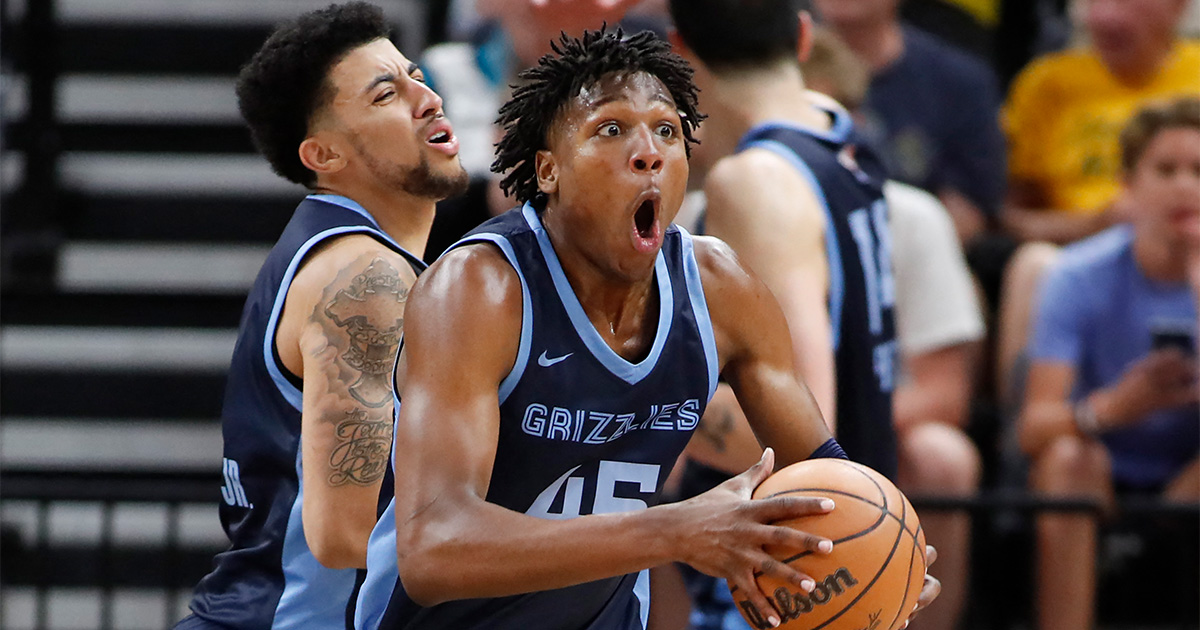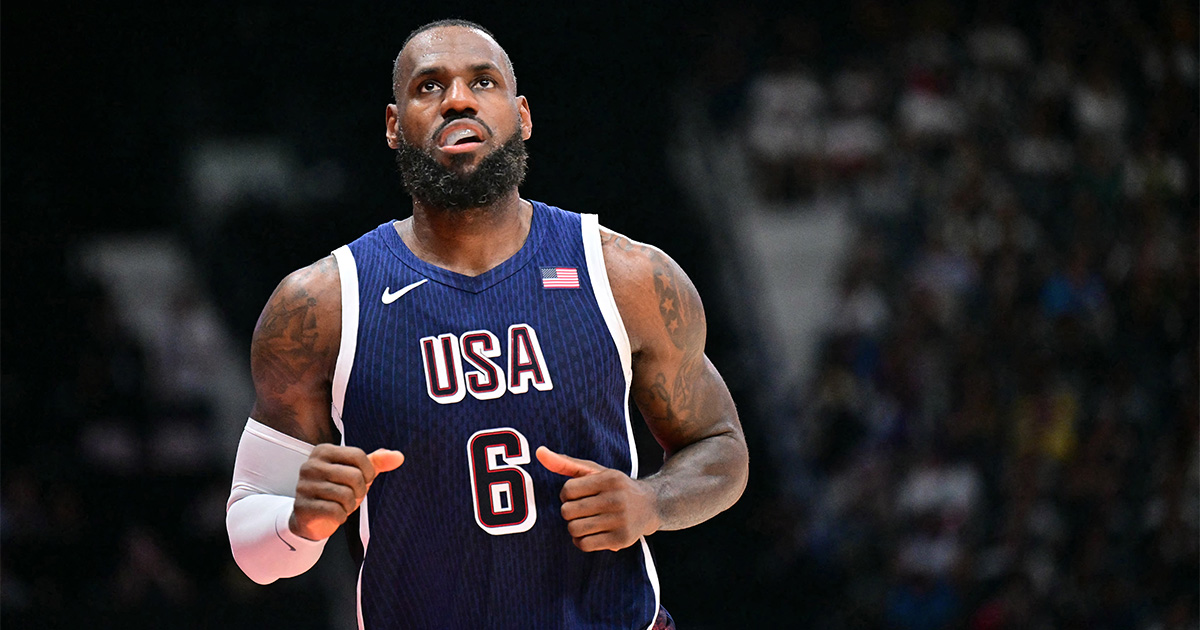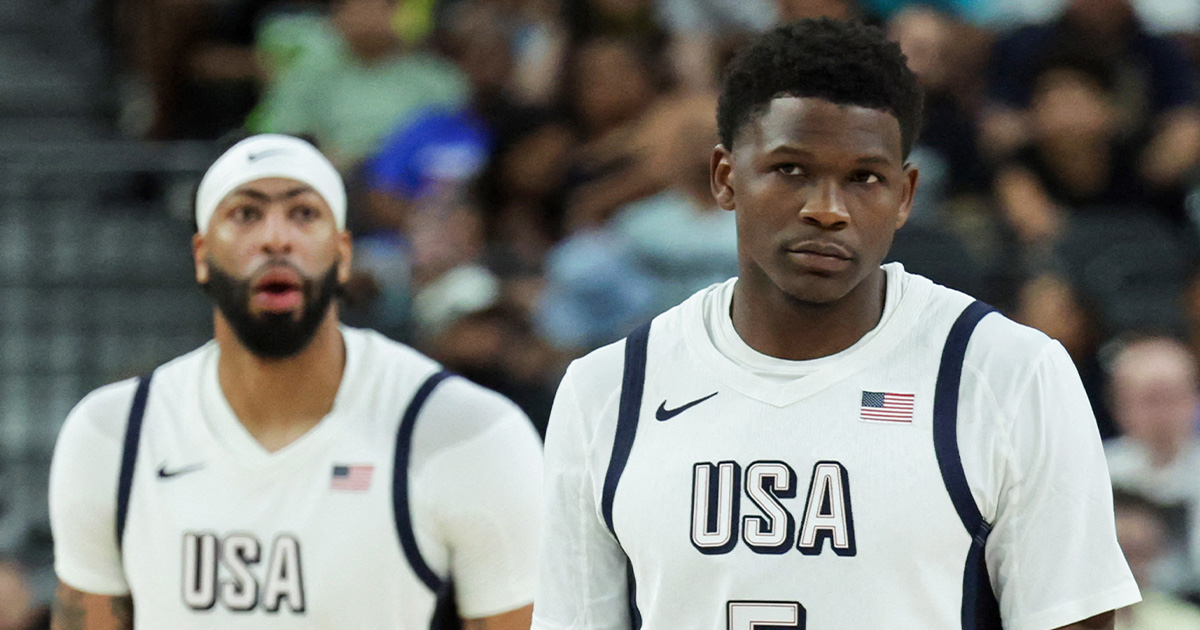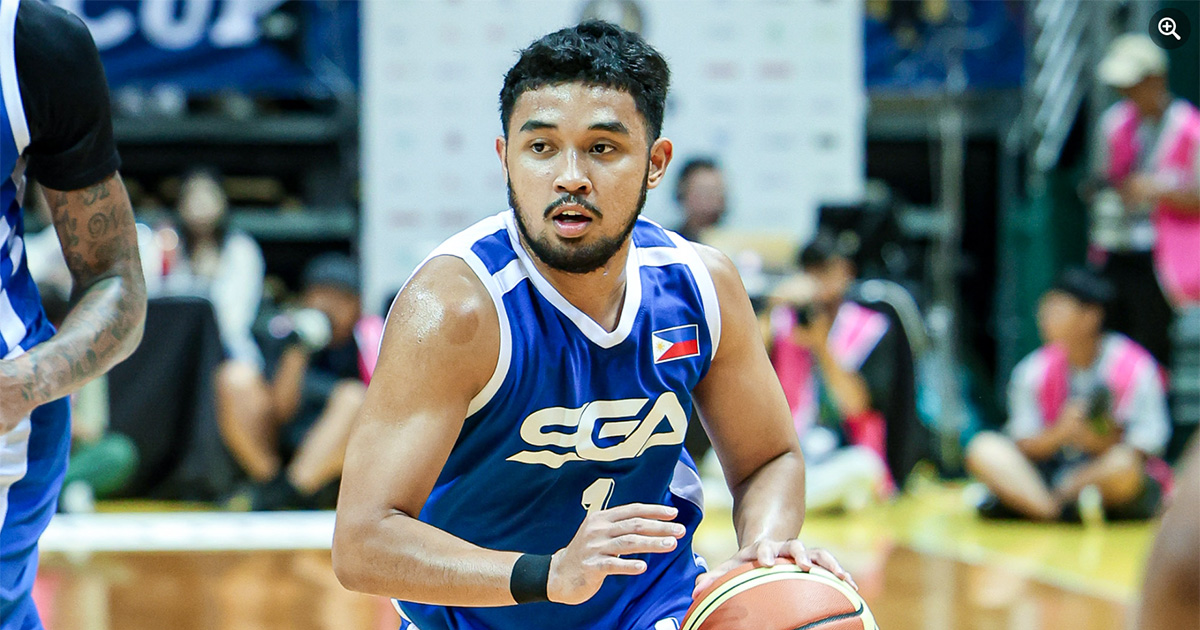Teams normally make trades to acquire better pieces but for the Atlanta Hawks, trading John Collins was a relief measure plain and simple.
Collins’ contract, in which he is still due $78.5 million ($26.58 million of which will be guaranteed if he exercises his player option for the 2025-2026 season), seemed like a steep price for a player whose numbers had been on a decline after a 20-point, 10-rebound season in 2019-2020. Last season, the former Wake Forest Demon Deacon averaged 13.1 points (his lowest since his rookie year) on career-low shooting numbers from the field (50.8 percent) and from behind the 3-point line (29.2 percent).
Trade rumors surrounding Collins had been swirling since time immemorial, largely due to the wavering belief in his place with the Hawks in the long run. Overall, Collins was a great pick-and-roll threat with Trae Young and Dejounte Murray, but the persisting chatter on the 25-year old’s fit had to be addressed.
Atlanta will definitely catch some flak for the returns they got from the Collins trade (a 36-year old Rudy Gay and a second-round pick), but perhaps for the Hawks, offloading a huge financial commitment must have meant more than getting players in return. A trade like that also means that they’re happy with what they have… at least for now.
Pending additional personnel changes, if any, Atlanta can deploy a perimeter-oriented lineup that could give the likes of Clint Capela and Onyeka Okongwu space to roam around. This also gives Young more space to dissect the defense for layups or punish closeouts with passes to open shooters and slashers. This potential setup draws some similarities to Hawks head coach Quin Snyder’s Utah Jazz teams, which had Donovan Mitchell leading the offense and Rudy Gobert roaming around the paint.
Then again, Collins’ exit means that Capela is the only player on Atlanta’s roster that shot above 50 percent from the field on at least 10 attempts. The hope is that Capela’s activity inside and Young’s constant probing will help compensate for what’s been lost. Moreover, Collins’ departure should allow the likes of Murray, AJ Griffin, Saddiq Bey, Bogdan Bogdanovic, Jalen Johnson, Kobe Bufkin, and De’Andre Hunter to step up. However, some of them could also be in the move should the Hawks wish to continue looking for upgrades.
Regardless, it seems the roster is taking shape, but will this current direction allow Atlanta to get to the top? It’s a firm no for this season, but a clearer picture could be revealed as this version of the squad gets a full training camp and regular season under their belt. It’s also important that the Hawks are more comfortable with their personnel, coaching staff, and how it all meshes together.
In line with that, Atlanta has to ensure its priorities are in order now so that the moves they make from here on out will have a long-term approach that won’t necessarily require them to tear things down. The Hawks made it to 13 of the last 16 postseasons, but why doesn’t it feel like so? Well not much has come out of it apart from two Eastern Conference Finals appearances, even with the arrival of Young. Something must be done then, for Atlanta to get over the hump. After all, they wouldn’t want to waste some of Young’s best years and see him walk away because of that.
The Atlanta Hawks finally pulled the trigger on a John Collins trade and while it doesn’t greatly move the needle in terms of their title chances, it allows them to firmly set their direction closer to a championship. Wheeling and dealing alone won’t make the Hawks a better team as success remains contingent on what goes on inside the basketball court.

